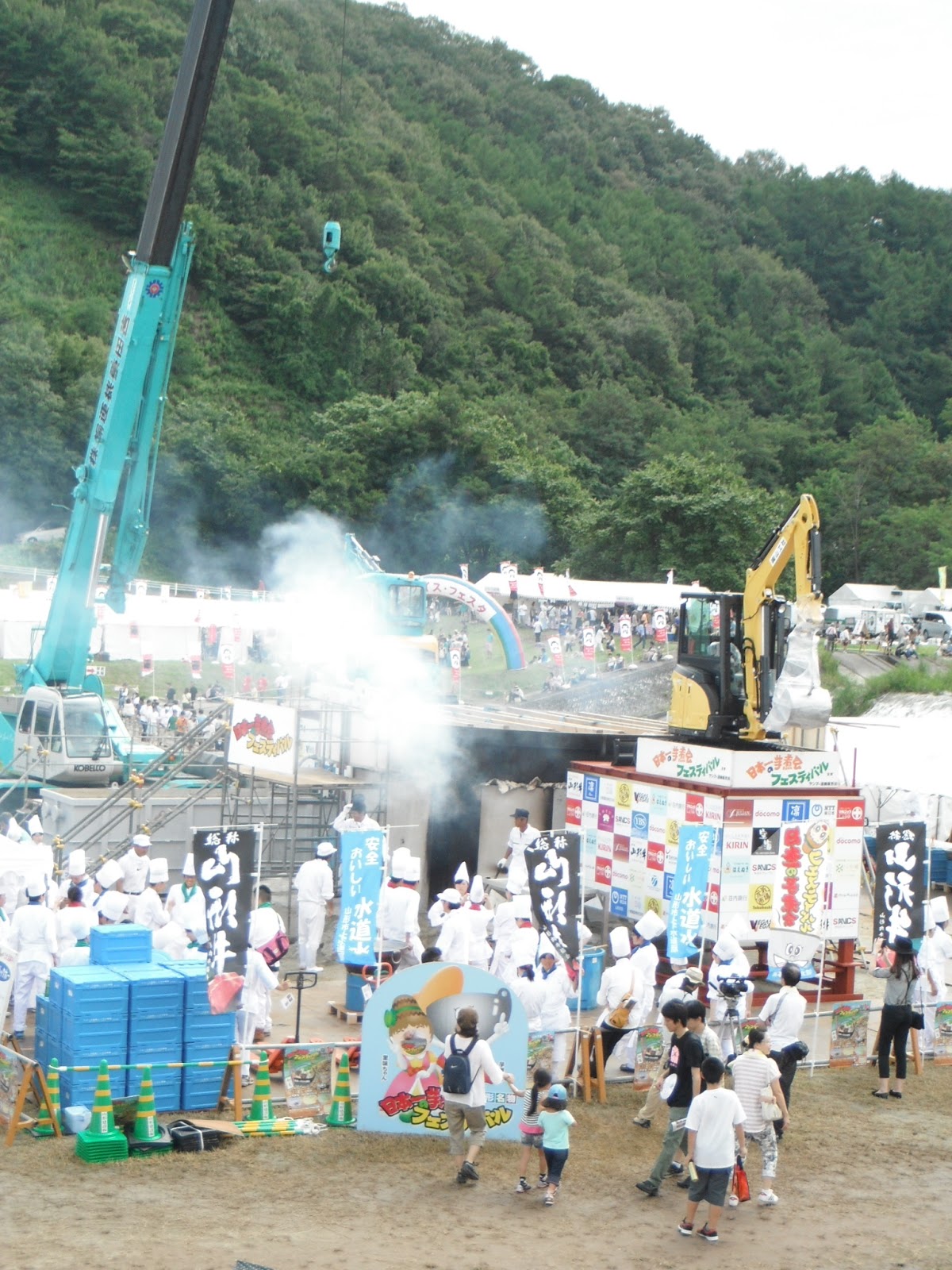(Picture from the top of Yamadera, a mountain temple in Yamagata.)
go-ton-ga-tan
go-ton-ga-tan
go-ton-ga-tan
go-ron-ga-tan
go-ton-ga-tan
go-ton-ga-tan
go-ton-ga-tan
go-ron-ga-tan
go-ton-ga-tan
go-ton-ga-tan
go-ton-ga-tan
go-ron-ga-tan
My journey begins with the sound of the train cars clattering down a predetermined path northward toward golden ricefields, thick forests, and cold nights. The cacophony of the train cars racing toward the next station has a tranquilizing effect. The early morning sun pierces the rattling glass windows and dances on the worn floor of the car. Mesmerized by the ever-changing shadows, my mind wanders. Drifting from one thought to another, to say that my temperament was one of melancholy would be an exaggeration, rather in that fleeting moment I felt a deep sense of nostalgia. Or maybe it was something different. In any case it was a feeling. A simple and plain moment of the past unexpectedly sprung into a crystal clear thought from the recesses of my subconscious and triggered a realization of the unchangeable relationship between the passage of time and the experiences of one's life.
Reminiscing on past encounters, I think on the meaning of 一期一会, once in a lifetime meetings. Whether such meetings are due to fate or happenstance is another question. In any case my mind settled on the conclusion that moments of sublimity are sure to be followed by the sobering thought that the moment cannot be relived, only cherished and treasured as a distinct and special memory of one's life. That is not to say the characteristic of the mind to explore past experiences and wishfully imagine returning to that exact moment in time is fallacious, it is only an expression of my feeling as I was carried through the countryside by the whistling train.
The whistling train. Ah! The whistle. I am suddenly aware of the drastic transformation from the mountainous region of dense forests to the scenery of the golden fields of soon to be harvested rice and the tall すすき (Susuki) bordering the train track, shimmering in the glinting sunlight and moving like a wave as the train sails through their narrow corridor.
go-ton-ga-tan
go-ton-ga-tan
go-ton-ga-tan
go-ron-ga-tan
While some fields of rice remain, the majority of the rice paddies have been harvested. Leaving them bare with the exception of the wooden trusses set in the middle of the fields upon which the harvested rice is hung in order to dry. There are many ways of hanging the rice to dry naturally and it depends on the geography of the land, the wind, and the sun. The rice stalks can be leaned against each other on the ground, or hung on wooden trusses resembling a western wooden fence, or a wooden pole is driven straight into the ground and the rice is stacked vertically and the bottom and top of the stack is rotated every few days. Drying rice naturally is more time consuming than the common method of machine drying, but it is said that sun dried rice is more flavorful. As a result many farmers dry their own rice naturally, and dry the rice they will sell by machine. Though, there are farmers who strictly dry rice naturally and sell it for a higher price. The hanging rice stalks evoke mystical bodies lined in the empty fields and the rice stalks trembling in the wind stir to mind another thought.
go-ton-ga-tan
go-ton-ga-tan
go-ton-ga-tan
go-ron-ga-tan
The Namahage of Akita descend the mountain with their guttural growl and the transcendent being, which was once a man, dawns the terrorizing mask, with fangs protruding from its sharp lined jaw frozen in a menacing roar, deep dark eyes that pierce the even darker night, and the long, dark, shaggy horse hair thickly matted to the head.
Yet, rather than the captivating mask of the Namahage, I am enchanted by the straw that hangs from the shoulders and waist of the Namahage. Though its purpose is to insulate as a coat and skirt, the dried stalks come to life violently. Shaking and agitated, the bound stalks lash forward and backward with the unique sound only produced by the rustling of dried grass. The sound has a deep connection with the traditions of Tohoku - the descent of the Namahage from the mountain to the surrounding towns and the harvest of rice and the nourishment it provides.
go-ton-ga-tan
go-ton-ga-tan
go-ton-ga-tan
go-ron-ga-tan
go-ton-ga-tan
go-ton-ga-tan
go-ton-ga-tan
go-ron-ga-tan
Japanese straw was also used for the tatami mat on which I slept during my first visit to the Northern Country. It was a cold night, but the smell of the straw mat and the warmth of the small kerosene stove had its own charm. Just as the small inn where we laughed and shared our stories, before we departed the next day. Again my mind has drifted off course as I continue moving forward on the course of the rails on which I remain.
go-ton-ga-tan
go-ton-ga-tan
go-ton-ga-tan
go-ron-ga-tan











